In an age when photographs have swollen out of all proportion to their significance, and are mounted on wall-sized light boxes the better to show off their high-resolution colour, it’s a relief to see an exhibition of small photographic prints in good old black and white. Dennis Hopper (1936–2010) is best known as an actor and hell-raiser, but he was also an artist who worked in various media. ‘I am an Abstract Expressionist and an Action Painter by nature,’ he insisted, but in the Sixties he took thousands of photographs, a group of 400 of which are now on display in the Academy’s Burlington Gardens galleries. Because they are relatively small, they are arranged in blocks on the walls of these spacious rooms. The viewer can look at them sequentially, or can move around more freely, jumping in and out of the river of images, sampling as you go. If Hopper had continued to take photographs, rather than giving up when he started to direct the film Easy Rider in 1967, he could easily have made a name as a photographer. As it is, there’s still plenty to see and enjoy.
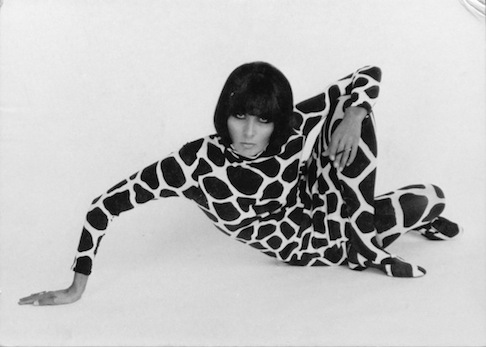
The work dates from 1961 to 1967, when Hopper was in his mid to late twenties and his visual curiosity was evidently leading him in all directions, from social commentary to abstract textures. He didn’t crop his images but printed them full-frame, which means he was composing carefully with the camera, making the viewfinder do the work. In fact, we can see the development of a natural eye for composition emerging through the display in the way that Hopper places and frames his elements. The show starts with a self-portrait reflected in a headlamp, a deliberately arty and self-conscious but oblique image. From the beginning it’s clear that he’s closely involved with the art world: here are portraits of Martial Raysse with a neon sculpture, Niki de Saint Phalle, Tinguely, Kienholz, Ruscha, and Rauschenberg with something nasty printed on his tongue. There’s Duchamp with curator Walter Hopps, and Peter Blake lurking behind a photograph of Peter Blake. There’s a pleasing informality and directness to these shots, and even when obviously posed they often have the spontaneity of street scenes.
Besides the beautiful people and the Sixties’ Bright Young Things, there is the politics of the counterculture, and downtown LA tramps sifting through rubbish give way to images of Martin Luther King at the microphone. These are photos shot from the hip, taken on the run, and even when obviously set up, Hopper mostly gets his subjects to look relaxed. He’s already interested in patterns and textures (see Paul Newman in the chain mail of chain-link fence shadows), and photos of dancing hippies and Hells Angels shift through motorbikes and love-ins to crushed leaves and tombstones in Mexico. A long bullfight sequence is superseded by a group of more abstract shots of walls and barred shadows, corrugated iron, torn paper, chains and bedsprings.
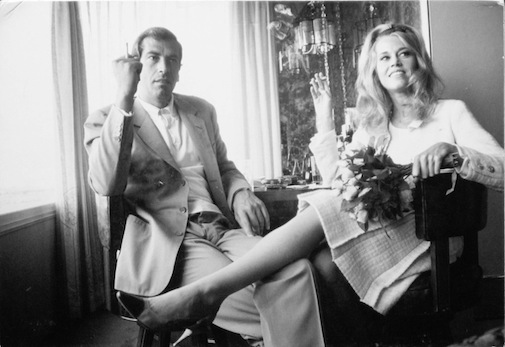
Here is someone with a keen interest in the effects of light and narrativeless images, in the things that were being done in contemporary art. A painted broken window is like a painting, a torn gauze is reminiscent of an early Lee Miller. A photo of paint blisters looks like a sculpture in silhouette. Hopper does interesting things with billboards and mannequins, shadows running or trickling across a sandy beach. This album of photos was first shown at Fort Worth CommunityArts Center in 1970, and then disappeared, only to be rediscovered after Hopper’s death in 2010. It’s certainly worth showing again now, and for once the catalogue isn’t really a substitute for seeing the exhibition, which is a compelling mixture of the filmic and the painterly.
Meanwhile, in the Sackler Galleries back in Burlington House is a much more devotedly abstract show: modern geometrical art from South America, on loan from the Patricia Phelps de Cisneros Collection. It focuses on abstract painting and sculpture from the 1930s to 1970s in Uruguay, Argentina, Brazil and Venezuela. The exhibition design is at once apparent — as visible as an exhibit in its own right — when one enters the galleries, as the visitor is presented with a large green porthole on to the hanging steel constructions by Gego in the main gallery. I also like the solution to contemporary curators’ dislike of putting titles on the wall next to exhibits. Here they are on the ground, on a floor-level shelf which also serves to keep the visitor at a safe(-ish) distance from the objects.
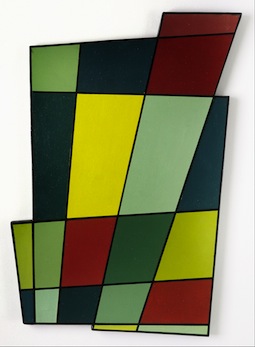
A few paintings stand out, such as Alfredo Hlito’s ‘Chromatic Rhythms III’ and ‘Development of a Theme’, or Tomas Maldonado’s ‘Composition 208’. A group of Hélio Oiticica’s work looks impressive, perhaps because we are more familiar with it (remember his Tate show in 2007?). As for the rest, well there’s a bit of Op mixed with the Blue Peter ‘how many things can you make out of a wire coat-hanger?’ approach. There are various extremes of patterning from the maximal to the minimal, and the geometry goes into wild reticulations at times as the grid is bent and stretched to capacity.
A lot of the exhibits look like clever interior design, the stuff of coffee tables and tile patterns. But Jesús Soto’s untitled maquette for a mural is distinctly poetic in its regular texture and irregular colour, and the big wall piece at the end of the show, ‘Physichromie No 500’ by Carlos Cruz-Diez (1970), constructed from vertical shuttering of different coloured stripes and overlapping rectangles, has an oddly charged serenity. Walk past it and watch the way it changes as the colours and patterns slip and flash, elide and fade, a suitably intriguing conclusion to an enjoyable (if still somewhat obscure) exhibition.
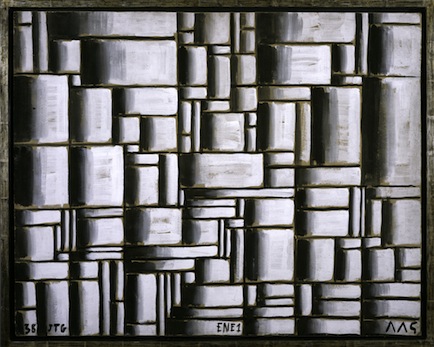
In closing, let me just mention an excellent show at the Fine Art Society (148 New Bond Street, W1, until 31 July) devoted to The Seven and Five, an exhibiting society that flourished between 1920 and 1935 and became increasingly radical and abstract. Here are some really beautiful paintings by Ben Nicholson, Ivon Hitchens and Cedric Morris, and equally high-quality sculptures by Leon Underwood, John Skeaping and Maurice Lambert, but the real revelation is four paintings by William Staite Murray, better known as an innovative potter. All are good, but the tempera called ‘The Island’ (1930) is remarkably fresh and modern-looking. Staite Murray only made a dozen or so paintings, so to see these is a great privilege as well as a pleasure, and adds a considerable footnote to Art and Life, the exhibition devoted to this period currently at Dulwich Picture Gallery. Recommended.
Got something to add? Join the discussion and comment below.
Get 10 issues for just $10
Subscribe to The Spectator Australia today for the next 10 magazine issues, plus full online access, for just $10.
You might disagree with half of it, but you’ll enjoy reading all of it. Try your first month for free, then just $2 a week for the remainder of your first year.

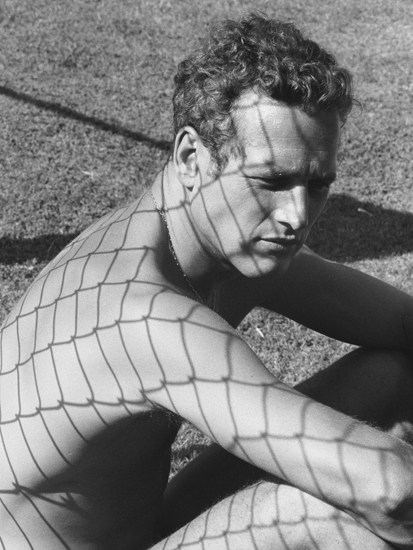


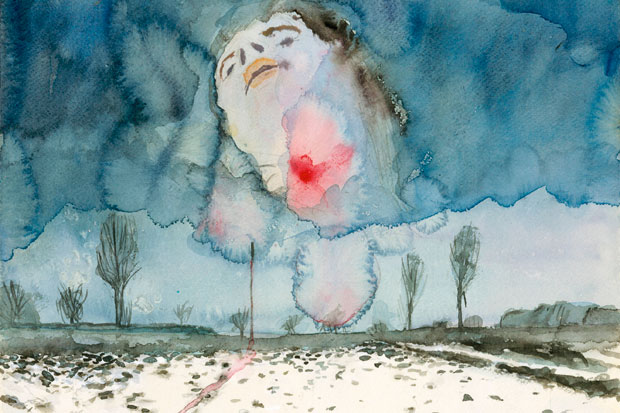

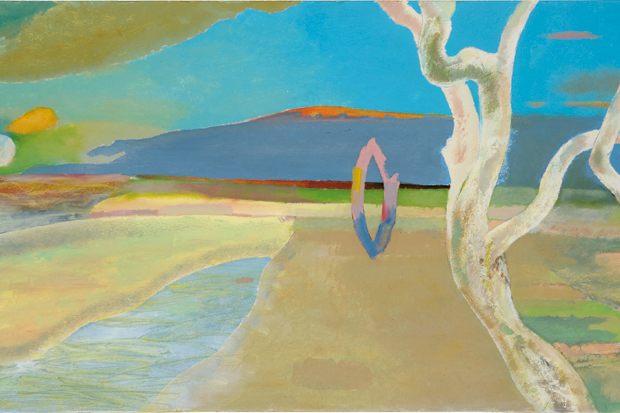
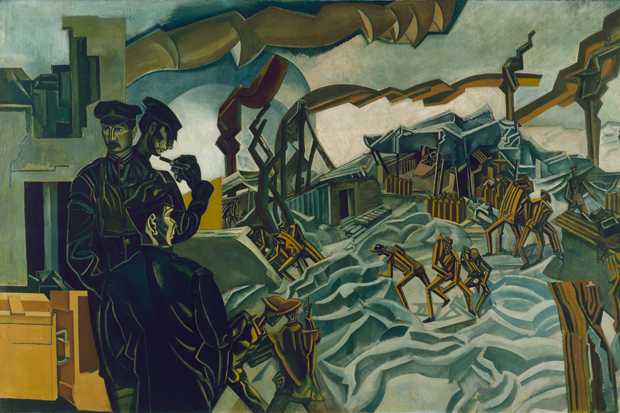






Comments
Don't miss out
Join the conversation with other Spectator Australia readers. Subscribe to leave a comment.
SUBSCRIBEAlready a subscriber? Log in